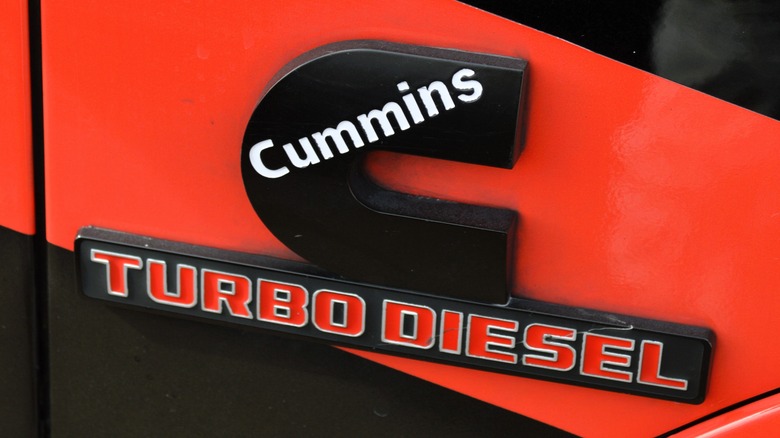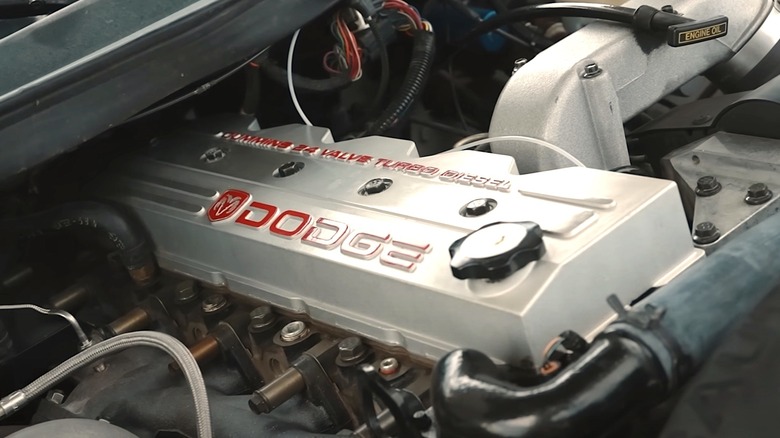What Is A 12-Valve Cummins (And How Is It Different From A 24-Valve?)
Cummins has been at the forefront of the diesel engine market for more than 100 years. At this point, an argument could be made that there are few manufacturers whose products are as well respected amongst the power-loving gear heads and long-haul semi-truck drivers of the world.
Of course, more than a 100 years of production means the Indiana-based manufacturer has released dozens of engines since its founding. There are so many that it can be tricky keeping track of every model, including those manufactured in the last three decades or so. For those not in the know, designations like 5.9L and 12V may not provide much in the way of clarification. But among Cummins' 1990s offerings, the 12V designation is pretty important, as it refers to the sort of 12-valve engines that tend to rank among the manufacturer's best loved.
If you're not entirely sure what 12-valve means, the term largely refers to Cummins engines designed with 12 individual valves that control the flow of air and fuel into the engine. Specific to Cummins, the relatively game-changing design feature allowed the company to produce smaller engines that could fit under the hood of a pickup truck without sacrificing much in the way of power. Moreover, the 12-valve engines were built largely without the use of electronics, making them far less prone to electrical malfunctions that have plagued many of their competitors. In turn, the reliability of Cummins 12-valve builds has become the stuff of diesel engine legend.
How is the 24-valve Cummins different than the 12-valve model?
Innovation aside, the turbo-charged 12-valve Cummins Diesels that debuted in 1989 — and saw several updates before their retirement — weren't exactly game-changing on the power front. But with horsepower topping out between 160 and 175 hp, and torque clocking in between 400 and 420 pounds-feet, they were still delivering some noticeable punch. In the 1996 models, they even got a bump in power, with the ponies pushed to between 180 and 215hp and torque jumping to between 420 and 440 pounds-feet.
The last of the 5.9L 12-valve engines (also known as the 6BT) hit the market in 1998, the same year Cummins released the engine's successor, the 24-valve ISB. As you can likely guess, the increase in dedicated valves indeed gave the ISB a noticeable bump on the power front. With help from the same single Holset HX35W turbocharger featured in the 12-valve engines, the ISB engines manufactured in its first two years were capable of pushing between 215 and 235 hp, along with torque at 420-460 lb-ft. The 2001 and 2002 models were even stronger, delivering 235-245 hp and 460-505 lb-ft of torque.
If you're doing a side-by-side comparison, the 24-valve Cummins would appear to have a clear edge in power. Likewise, some gear heads may prefer the newer model as modifications can be made on the 24-valve using a handheld tuner. While the 24-valve Cummins is widely regarded as a reliable engine, it does feature more electronic components than the 12-valve, which could prove problematic. And in terms of power, the latter engine can reportedly be tuned to deliver upwards of 1,000 hp with a few easy mods. So the question becomes exactly how much muscle do you really need under the hood?

